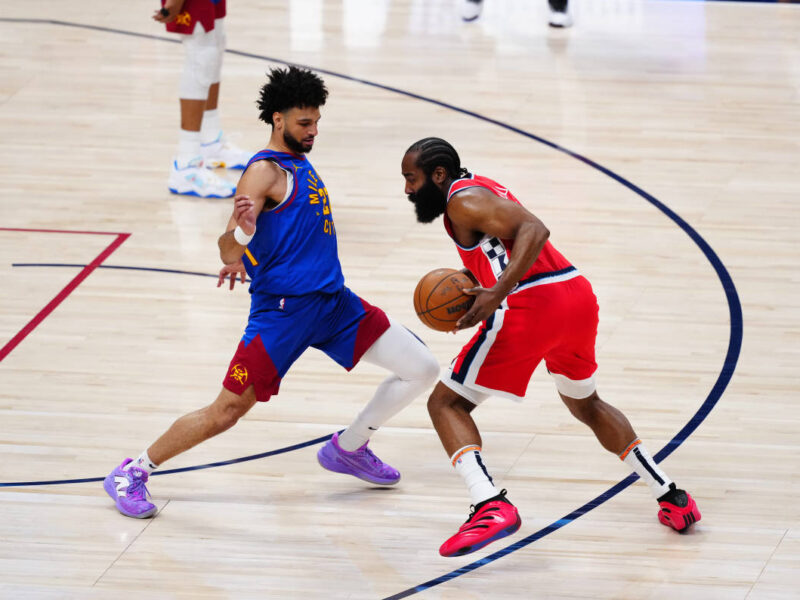A Russian military commander has asserted that President Vladimir Putin’s helicopter was dangerously close to a Ukrainian drone attack in Russia’s Kursk Oblast on May 20. This claim, which has not been independently verified, suggests the president’s aircraft was “at the epicenter” of the engagement.
What Happened
A Russian air defense division commander, Yury Dashkin, has stated that President Vladimir Putin’s helicopter was “at the epicenter” of a Ukrainian drone attack in the Kursk Oblast on May 20. According to a report by the Russian news agency RBC on May 25, Dashkin claimed, “We were simultaneously engaged in an air defense battle and ensuring airspace security for the president’s helicopter flight. The helicopter was effectively at the epicenter of the response to the massive drone attack.”
The Kyiv Independent, which originally reported on this, noted that they could not independently verify Dashkin’s assertion, and the commander did not provide any supporting evidence for his claim.
Who Is Affected
This alleged incident directly involves Russian President Vladimir Putin and the military personnel responsible for his security during his visit to Kursk Oblast. The claims also impact the perception of the ongoing conflict and the security situation in Russian border regions. Ukrainian observers have suggested the commander’s statement might be an attempt to portray President Putin as being more directly involved in the conflict, potentially to boost domestic support.
Context of Putin’s Visit and Regional Conflict
President Putin had visited Kursk earlier in the week. This was his first publicly known visit to the Kursk Oblast since Russian forces reportedly regained control of most of the Ukrainian foothold established in the region in March.
Ukraine had initiated a significant cross-border incursion into Kursk Oblast in August 2024, marking a notable escalation as the first large-scale invasion of Russian territory by foreign forces since World War II. Reports indicated that Ukraine held a substantial portion of this territory until a Russian counter-offensive in March, allegedly supported by North Korean troops, pushed Ukrainian forces back.
The Evolving Role of Drones in Warfare
The alleged drone attack highlights the significant and evolving role of unmanned aerial vehicles (UAVs) in the conflict in Ukraine. Drones have become a critical tool for both sides, used for reconnaissance, direct attacks, and targeting. Their widespread use has fundamentally changed battlefield tactics, as detailed in analyses of the ongoing war. For instance, The Kyiv Independent’s Francis Farrel has provided extensive reporting on how drone warfare is conducted, illustrating the complexities of modern combat scenarios.
What Happens Next
The claim by the Russian commander is likely to be scrutinized for its veracity and motivations. Without independent confirmation or evidence, it remains an assertion from one side of the conflict. The situation in Kursk Oblast and other border regions is expected to remain tense, with drone attacks and counter-measures continuing to be a feature of the ongoing war. The international community will continue to monitor developments and any claims related to high-profile figures like President Putin.
Editor’s Note
Editor’s Note: This article is based on a report from The Kyiv Independent, originally titled “Russian commander claims Putin’s helicopter was ‘at the epicenter’ of Ukrainian drone attack,” published on May 25, 2025 (implied by “on May 25” in the source text referring to RBC’s citation).



